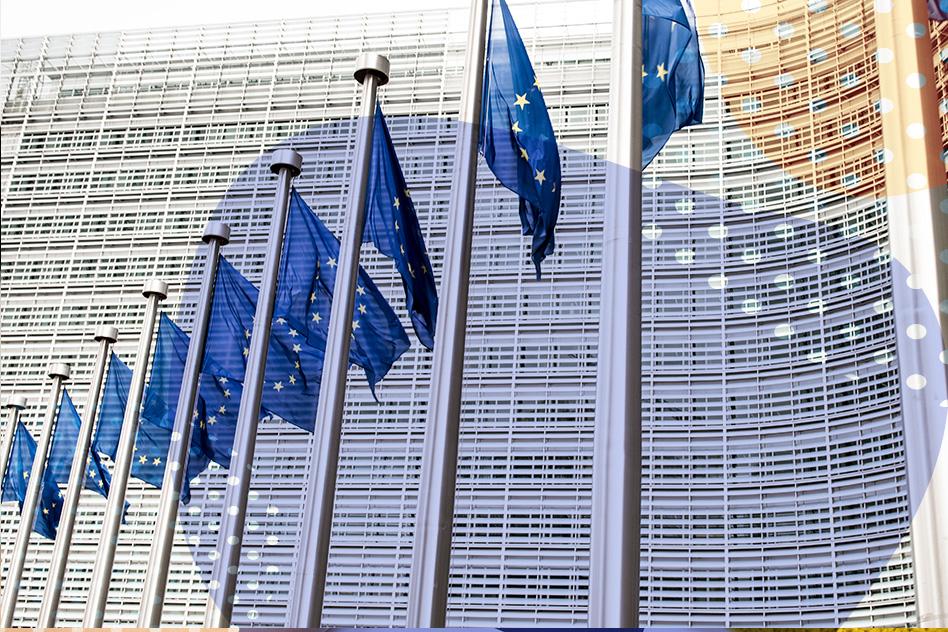What is strategic foresight ?
Foresight is the discipline of exploring and anticipating future possible developments to shape the preferable future. To do so, it taps into collective intelligence in a structured and systemic way. Strategic foresight, on the other hand, seeks to embed future insights into European Union policy-making, strategic planning, and preparedness. It helps the EU to prepare for and anticipate future shocks and opportunities, and shape the future we want.
Strategic foresight is not about predicting the future; it explores different possible futures, alongside the opportunities and challenges they might present. Ultimately, it helps policy-makers to act in the present to shape the future.
Key actors
Executive Vice-President Maroš Šefčovič is the first ever member of the College of Commissioners in charge of strategic foresight. Part of Executive Vice-President’s mission is to lead the efforts to embed strategic foresight at the heart of EU policymaking. The Secretariat-General and the Joint Research Centre lead the implementation of the mandate (the latter drawing on its internal foresight capacities). The Commission’s Strategic Foresight Network ensures long-term policy coordination between all Directorates-General. The Commission is building close foresight cooperation and alliances with other EU institutions, notably in the context of the European Strategy and Policy Analysis System (ESPAS). It also works with international partners, and develops partnerships that draw on Member States’ public foresight capabilities through the EU-wide Foresight Network.
Strategic Foresight Reports
The Commission produces an annual Strategic Foresight Report, which informs the Commission Work Programmes and multi-annual programming exercises. This exercise is conducted through a participative and cross-sectoral foresight process, led by Commission services in consultations with Member States, discussion with ESPAS partners, and external stakeholders.
The 2023 Strategic Foresight Report, ‘Sustainability and wellbeing at the heart of Europe’s Open Strategic Autonomy’ sheds light on the most relevant and intertwined social and economic challenges the EU will encounter on its path towards sustainability. On this basis, it proposes ten areas where the EU needs to take action to successfully navigate the transition. This should ultimately bolster Europe’s open strategic autonomy and global position in the race towards net-zero economy.
2023 Strategic Foresight Report
The 2022 Strategic Foresight Report: ‘Twinning the green and digital transitions in the new geopolitical context’, focuses on the interplay between Europe’s twin transitions, also taking into account the disruptive and changing geopolitical landscape in which these transitions are happening. It highlights the key role played by digital technologies in Europe’s five strategic and most greenhouse gas emitting sectors: energy, transport, industry, construction, and agriculture. It also outlines 10 areas of action key to maximise synergies and reduce tensions between both transitions towards 2050.
2022 Strategic Foresight Report
The 2021 Strategic Foresight Report, The EU’s capacity and freedom to act’, presents a forward-looking and multidisciplinary perspective on important trends that will affect the EU towards 2050, including: climate change and other challenges, technological transformations, pressure on democracy and values, as well as shifts in the global order and demography. It has also identified 10 areas where the EU can strengthen its capacity and freedom to act.
2021 Strategic Foresight Report
The 2020 Strategic Foresight Report, ‘Charting the course towards a more resilient Europe’ discussed the first structural lessons learnt from the COVID-19 crisis, and explained how foresight can help strengthen Europe’s long-term resilience in an era of fundamental and rapid change. It did so by analysing the EU’s resilience across four dimensions: social and economic, geopolitical, green and digital. The report introduced resilience dashboards that act as monitoring tools for policymakers.
2020 Strategic Foresight Report
EU-wide Foresight Network
The launch of an EU-wide Foresight Network was announced in the Commission’s 2020 Strategic Foresight Report. Its objective is to develop synergies that draw on public administration foresight capabilities, by bringing together intelligence and foresight expertise from all Member States and the European Commission for strategic exchanges and cooperation on forward-looking issues relevant to Europe’s future.
The EU-wide Foresight Network has two levels. “Ministers for the Future”, designated by each Member State at the invitation of Executive Vice-President Šefčovič, meet informally at least once a year. They discuss key issues of relevance for Europe’s future.
The work of the Ministers for the Future is supported by a network of senior officials from national administrations, who meet at least twice a year to prepare the ministerial meetings, follow-up on their conclusions and cooperate in thematic working groups.
Supporting EU policy-making
Strategic foresight helps improve policy design, develop future-proof strategies and ensure that short-term actions are coherent with long-term objectives by using a number of different techniques, including:

